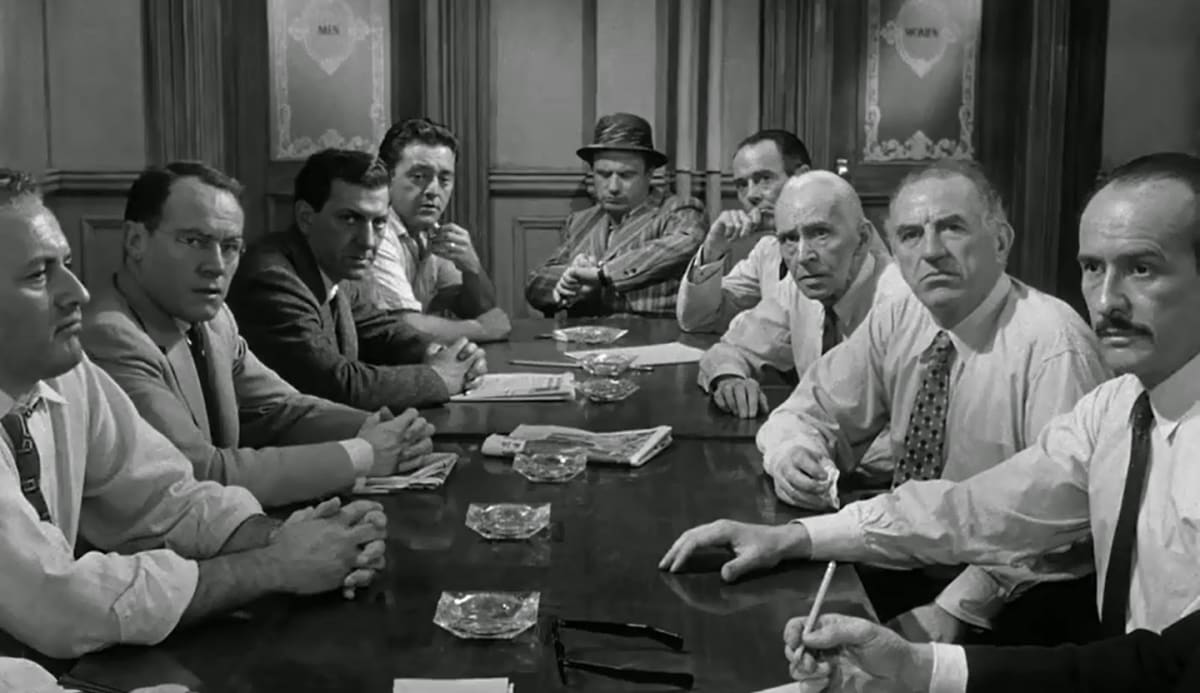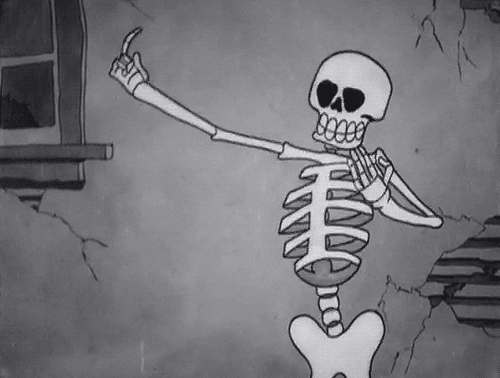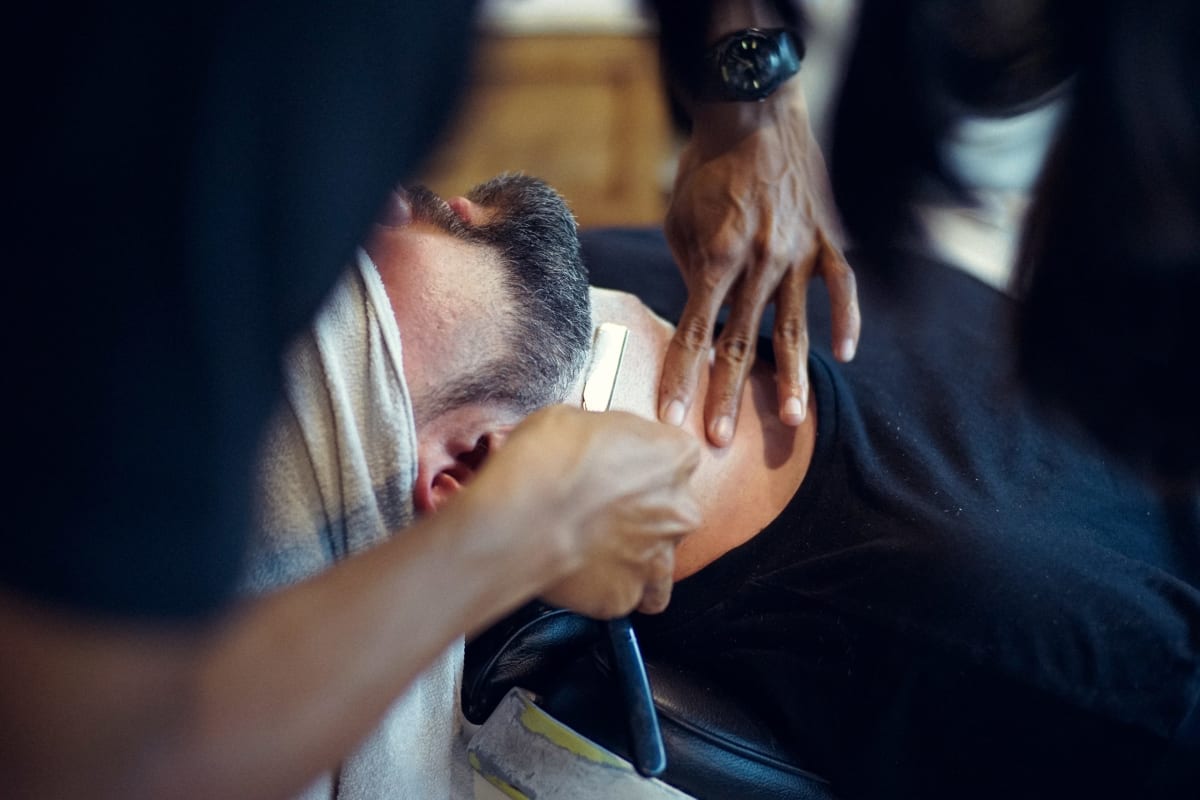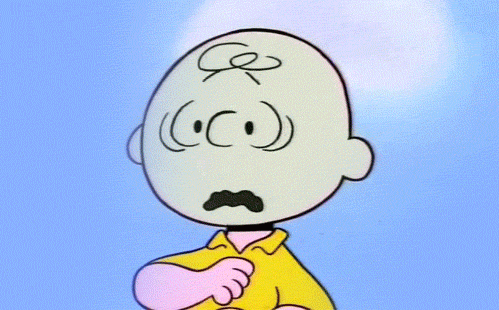
We were recently brought up to speed with goings on at the NAFD. At a regional meeting last week, a gentleman explained to the audience that he didn’t feel that NAFD members should be paying money to comparison websites like Beyond for marketing services. He explained that to rectify this situation, the NAFD would be launching…a comparison website for funeral directors, to be announced at the National Conference in Durham on 18 May, and concluded with the admission that they would likely end up charging funeral directors fees for this marketing service. Hmm, interesting logic.
This one has disaster written all over it. The NAFD, for a brief period last year, enjoyed an Indian summer where their CEO Mandie Lavin whipped the angry old men in their backroom committees into shape and drove them in the right direction. They built bridges with SAIF and looked like they were becoming a credible force, working with the Scottish Government, formulating a joint code of conduct and generally doing what you expect industry associations to do. Since Mandie’s departure, they have been busy dragging themselves back to the dark ages.
They now appear to be operating under the shadow of fear, which is never a good place to make decisions from. Fear of change, fear of transparency, fear that their shadowy committees and gossiped corridors will lose their backroom grip on the industry. This latest decision – to enter a fiercely competed marketplace – with no experience or competency in the area, is an example of that fear breeding bad decisions. At the meeting, they admitted that their decision is purely reactive – they have seen Golden Charter launch a similar service and felt they had to respond. Lemmings and cliffs come to mind at this point.
You can’t be poacher and gamekeeper at the same time
The thing is, you can’t try to be a regulatory body or industry standard, which is where they were going, if you’re at the same time a commercial entity. It’s such a glaring juxtaposition that you must wonder what they’ve been smoking at NAFD HQ. Let’s have a think about how many trade associations in other markets there are. Do you see the Association of British Insurers taking on CompareTheMarket? Do you see the British Hospitality Association competing with Just Eat? I think not.
There are some obvious reasons why it doesn’t happen. Firstly, it means that the trade association loses all credibility and pretence of independence. You can’t go around claiming to be representative of the industry when you’ve got skin in the commercial game. And that works both ways – in this case the stated objectives of the NAFD are to protect members, so how can they expect families to turn to them at a time of need?
Secondly, as an organisation you’re entirely reliant on membership fees for your revenue, and those members include lots of suppliers. In the NAFD’s case, if they are going to start a comparison service, then what’s to stop them deciding to launch a direct disposal service or start wholesaling coffins – where do the boundaries of their commercial ambitions end? It’s not long ago that they sold off Perfect Choice, their own funeral plan, and in May members will be eagerly awaiting answers to the questions raised at last year’s conference about that decision. Long-paying suppliers will be thinking – are they going to come for me next? It would be interesting to see what Albins and Lymns think, because they have just invested another £1.5m in Funeral Zone, and this new site – with an apparent strong focus on reviews – will be directly competing with them.
The main reason that industry associations don’t start commercial offspring, however, is that they are not likely to be especially competent at running commercial ventures or structured well enough to do so. In the few cases where industry bodies give it a go, they generally end up splashing significant amounts of their members’ money hiring outside marketing and development agencies, before an inevitable collapse and retreat. Trade bodies aren’t well stocked with the kind of people who you need to be able to compete in fast moving markets.
How much will it cost their members?
To that end, let’s look at the market landscape. There are already three zombie ‘comparison’ companies out there, who despite credible backers, have failed to get any traction. There’s ‘AboutTheFuneral’, set up by Kim Bird, an industry veteran, which had ex-NAFD CEO Alan Slater on the board. Then there’s ‘DeadRight’, which had the backing of famous ad-executive John Hegarty, and finally ‘YourFuneralChoice’, which I believe originated from funeral director beginnings. They are all effectively on last legs, their advertising largely silent and traffic moribund. The moral of the story is that funeral comparison is not an easy arena to make a viable offering in.
But, I hear you thinking, the NAFD has significant resources from its funeral director members. Indeed, at the meeting, the nice man indicated that his plan for those resources was to outspend everyone to get their new website to the top of the PPC rankings (pay-per-click rankings on Google). Well, I wonder if the NAFD has any idea how much it costs to perform PPC in this market? Bidding on the keywords necessary to compete in this space costs a minimum of £500K per annum, while Co-op are (based on their presence) spending as much as £3.5m. So it’s not going to be cheap – are NAFD members really going to be happy with that volume of their funds being spent?
Furthermore, NAFD’s proposed PPC advertising will compete with their own members’ PPC advertising. How will those member funeral directors feel when their subscription fees are being spent to drive their own advertising costs up, and then the NAFD gives them a call to demand a further monthly membership fee to keep doing it? Overjoyed, I imagine.
Then there are the geographical variations to consider. In Portsmouth, it costs over £17 per click to rank at the top of Google, while in Southall it is a mere £3.25. So, how will funeral director members in Southall feel about their subscriptions being used to subsidise funeral directors in Portsmouth five times over?
Beware the White Walkers
There is one notable offshoot of a trade body that has been successful and it’s very close to home: Golden Charter, the offspring of SAIFCharter, and their funeral plans. Why did it work? It worked because it managed to unify the interests of the independent sector and give them a platform to compete against Co-op and Dignity.
But Golden Charter have recently provided us with a cautionary tale of what may lie ahead for the NAFD. While being brutally savaged by his own audience at the SAIF AGM in Brighton a few weeks ago, Julian Walker similarly called out Beyond as competition and launched his localfuneral website, declaring that they were spending £500k on it and that it would bring funeral directors lots of customers, save them paying marketing fees to comparison sites and…oh yes, similarly they might have to pay them fees for this new comparison service in the future. Can you see a theme here?
So, what happened? Well, they launched their website and it appears that it didn’t work very well. So, after user-testing the Beyond website, they copied a few bits of it almost word for word and tried to play at the top of the Google rankings for a few weeks. They spent a fortune, drove PPC costs for the industry up for a few weeks and then beat a hasty retreat back down the Google positions, white flag waving furiously. The latest issue of SAIF insight says they’ve had a handful of funerals from it, coincidentally for high-ranking SAIFCharter members, having spent many £1,000s. Just a few months since launch, localfuneral is already looking like a white elephant.
The NAFD has failed the public; it’s about to fail its members too
Back to NAFD. Since we entered the market, they have fought us at every step of the way. Instead of looking to work with us, they have tried to ignore us, then to stymie us and then to exclude us. Meanwhile, we’ve done the job that they should have been doing for years – we’ve made the market better for families, we’ve helped expose the greed of corporates, we’ve fought for the little guys and we’ve helped hundreds of funeral directors who had little or no web presence bring themselves into the 21st century. Our customer service scores from consumers are outstanding and the feedback from our partner funeral directors is, almost without exception, positive.
So it’s not as if there’s a yawning gap needing to be filled. Personally, if I were the NAFD, I would be spending my time and money working out how to open up its inner workings to scrutiny by members, to build trust that membership fees are being spent wisely and decisions are being made in the best interest of the members. The lack of transparency in the organisation is remarkable; no minutes or agenda of meetings are ever published, appointments are made by friends selecting friends.
Otherwise, they risk giving the impression that the leadership has deliberately avoided such transparency. The president and vice president haven’t yet managed to implement the governance reforms that were agreed with a 92% yes vote from members at last year’s conference; indeed, the Transitional Board that was agreed has only met once since. Coincidentally, the only person who spoke against those governance reforms was Graham Lymn, the new interim CEO.
Anyhow, my advice to the NAFD is: focus on helping your members. You screwed up once by closing your doors to online entrants and resisting change. You screwed up twice by not leading the move for transparency when there was clear opportunity and public clamour. You screwed up a third time by losing Mandie Lavin, who was taking you in the best direction for your members, giving you public credibility. Don’t make it four in a row by wasting a load of your members’ money bumping up everyone’s costs in the industry for a sure-fire failure of a project.
If the NAFD really want to enter the comparison market, all power to them. However, on behalf of the significant portion of their members whom we share, I would urge them to spend their members’ contributions a little more wisely. If they don’t, the Competition and Markets Authority may finally decide to come and pay a visit.










